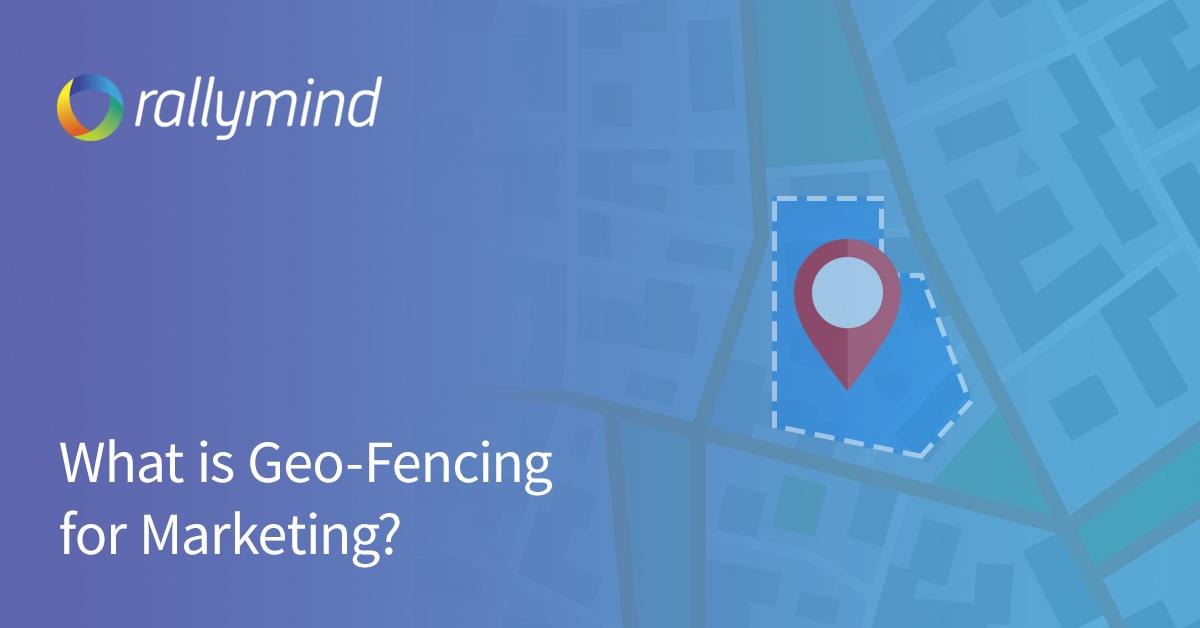
Imagine walking into your favorite hobby shop and receiving a 20% off digital coupon for the miniatures paints you were intending to buy. Or, imagine getting to your car in the grocery store lot and receiving a message asking if you forgot to buy the milk, when you did, indeed, forget to buy milk. This type of smart, targeted marketing is an example of how geo-fencing marketing works.
The Basics of Geo-Fencing
At the most basic level, geo-fencing is a marketing strategy that uses the location of the customer to send customized direct messages. Customer location is tracked via GPS location, Bluetooth, and beacons. Specific physical areas are digitally demarcated. When a customer either enters or leaves one of these geo-fenced areas, depending on the specifics of the marketing parameters, the customer receives a customized marketing message relative to the location.
How Geo-Fencing Benefits Customers
Geo-fencing marketing benefits customers by delivering more accurately targeted messages. For example, receiving a message about a local hardware store sale on gardening supplies isn't very useful if the customer is currently out of state. However, it is much more likely to be useful when the customer is pulling into the parking lot of the hardware store.
Additionally, geo-fencing strategies can easily be combined with strategies that invoke customer history. That previously mentioned hardware store may have sales going on in the gardening department, the paint department, and in the plumbing department. If the customer has a consistent history of purchasing paint supplies, the message would likely focus on that sale, instead of the other two.
How Geo-Fencing Benefits Businesses
The primary benefit of geo-fencing for businesses is increased conversion owing to better engagement. While somebody pulling into your parking lot or walking into your store is almost certain to be making a purchase, geo-fences can be offered in other places--not just the area directly surrounding your business.
For example, an ice cream shop might put geo-fences around local parks during the summer, offering discounted ice cream to people leaving the park. Since enjoying a cold ice cream cone after a day in the sun is a pleasant activity, this could easily create sales that otherwise might not have happened.
Real World Example of Geo-Fencing
An interesting real world example of geo-fencing marketing is a marketing initiative achieved by Burger King. In December of 2018, Burger King put geo-fences around every single McDonald's in the country. Anyone who had the Burger King app and walked within 600' of a McDonald's, received a coupon to purchase a Whopper for $0.01. At the same time, that person also received directions to the nearest Burger King from their current location. It is the kind of offer that is certain to result in increased customers, and should increase profits, since few people buy only a single sandwich at fast food burger restaurants.
Geo-Fencing for Research Purposes
Geo-fencing doesn't only have to be used for direct marketing. It is also a strong marketing research tool. By tracking where people travel before and after entering specific geo-fenced locations and collating that with purchase history, marketers can create stronger customer profiles, both for individuals and for groups.
This type of knowledge is valuable for understanding purchasing habits and for potentially building partnerships with other businesses. For example, if a movie theater knows that most movie watchers head to a restaurant after a 5PM showing, it could partner with local restaurants to offer discounts when customers leave the parking lot at certain times. And the restaurants would likely have a reciprocal relationship with the theater.
Respecting Privacy
The one drawback to geo-fencing is that it may feel intrusive to some customers. Businesses that use geo-fencing need to be completely upfront about how they are using location data. The best choice is to make geo-fencing marketing app based and only send direct messages if the customer opts in. This will make most people much more comfortable about it.
Geo-Fencing is the Future
With smart devices so prevalent in the general population, geo-fencing isn't going away anytime soon. Smart businesses will include geo-fencing marketing in their marketing strategy sooner rather than later. Getting in early and building trust with customers ensures that a company will get the biggest benefits from from employing this savvy resource.
